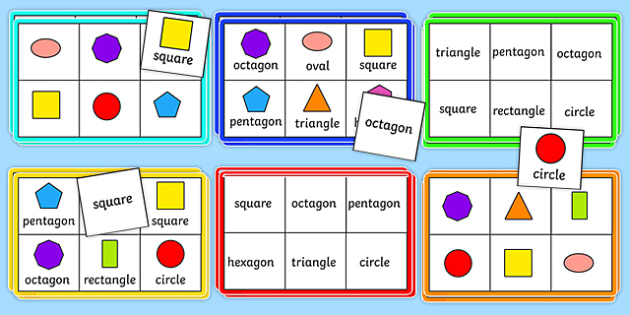Hello everyone! In this
post I bring you a series of activities that are very dynamic and funny to work
with primary school students.
With them we can work
with different concepts of geometry. In addition, these activities can be
adapted depending on the course you are working on. The same exercise can
increase the difficulty if we include the calculation of areas for the third
cycle, however, the same activity can be used to introduce the geometric
figures in the first cycle of primary school. It is a question of creativity!
The first activity I want
to share is called “Geoboard”. This
is a manipulative activity in which students can create different types of
regular and irregular polygons, calculate the area of a figure among other things as I commented previously in another post.

The next game to work
geometry is most commonly known as "Bingo".
This game consist on guess several polygons according to some descriptions that
the teacher gives to the students. According to these description the student
of group of students have to be able discover what is the figure that the
teacher is talking about. It can be used rather than polygons, with formulas of the areas which are more difficult to learn.

Lastly, I want to focus on an interesting game that surely our students
will pass a great time! This is called “I am Poly Gon”. This is a figure of
different polygons in which students have to recognise the present figures or
they also can calculate the perimeter and the area as well.








